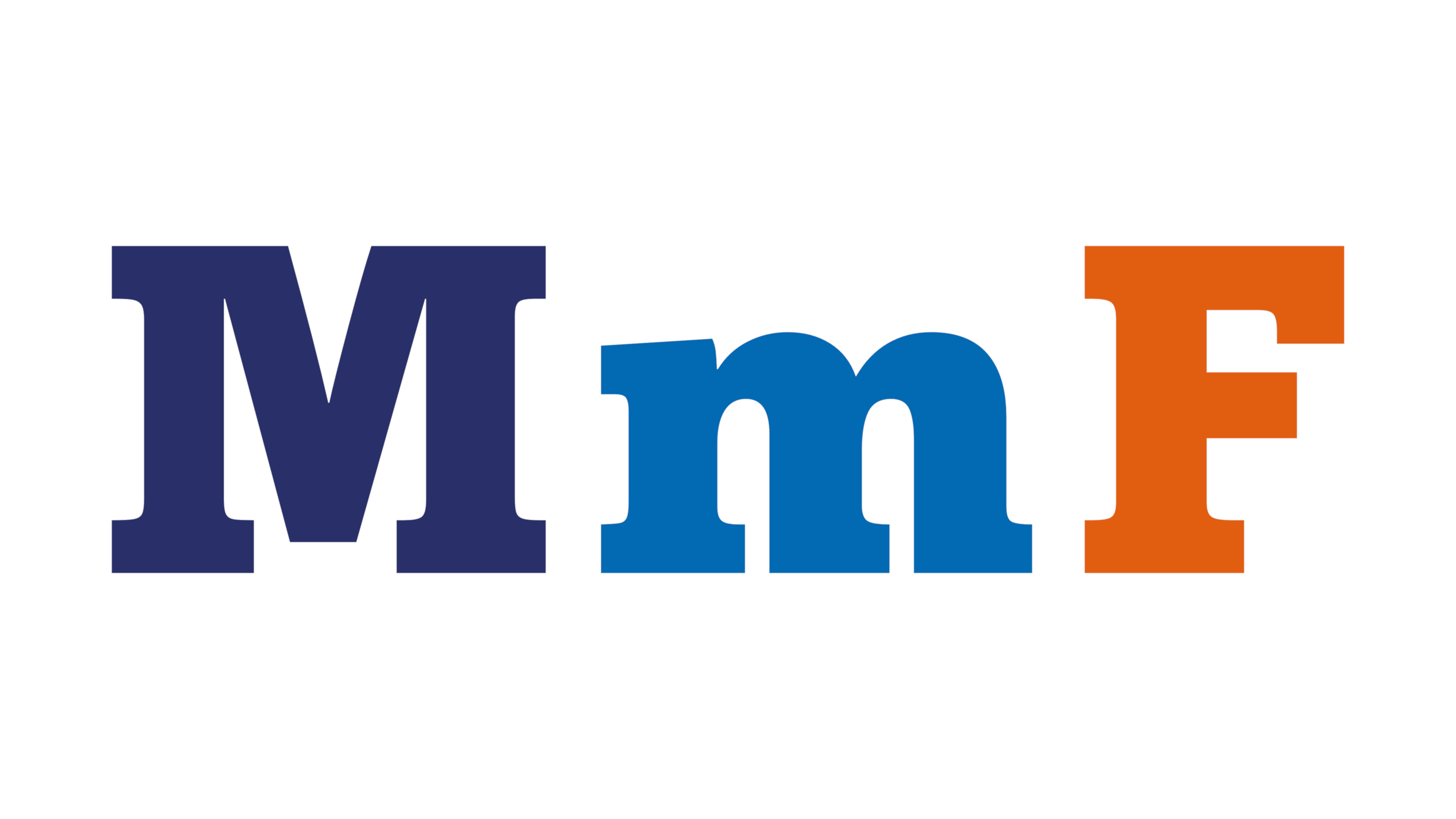StEOP

Die Relation $R$ auf $\ZZ$, definiert durch \[n\mathrel{R}m\quad:\Leftrightarrow\quad|m-n|\leq3\] ist:
transitiv
symmetrisch
antisymmetrisch
reflexiv
StEOP

Welche der folgenden Aussagen sind zu $p\Rightarrow q$ äquivalent?
$p\land(\neg q)$
$(\neg q)\Rightarrow(\neg p)$
$(\neg p)\Rightarrow(\neg q)$
$(\neg p)\lor q$
StEOP

Die Aussage $(p\land(q\lor r))\Leftrightarrow((p\land q)\lor(p\land r)$ ist:
eine Tautologie
weder eine Tautologie noch eine Kontradiktion
eine Kontradiktion
StEOP

Welche der folgenden Abbildungen sind surjektiv?
$\mathbb{Z} \to \mathbb{Z}$, $n\mapsto(-1)^n\cdot n$
$\mathbb{Z}^2 \to \mathbb {Z}$, $(n,m)\mapsto2n+3m$
$\mathbb{Z} \to\mathbb{Z}$, $n\mapsto(n+1)(n-1)$
$ \mathbb{Z} \to \mathbb{Z}, n\mapsto2n+3$
StEOP

Für die Restklassenringe $\mathbb{Z}_n$ gilt:
$\mathbb{Z}_7$ ist ein nullteilerfreier Ring.
$\mathbb{Z}_{15}$ ist ein Körper.
$\mathbb{Z}_5$ bildet bzgl. der Multiplikation von Restklassen eine Gruppe.
×
![]()
